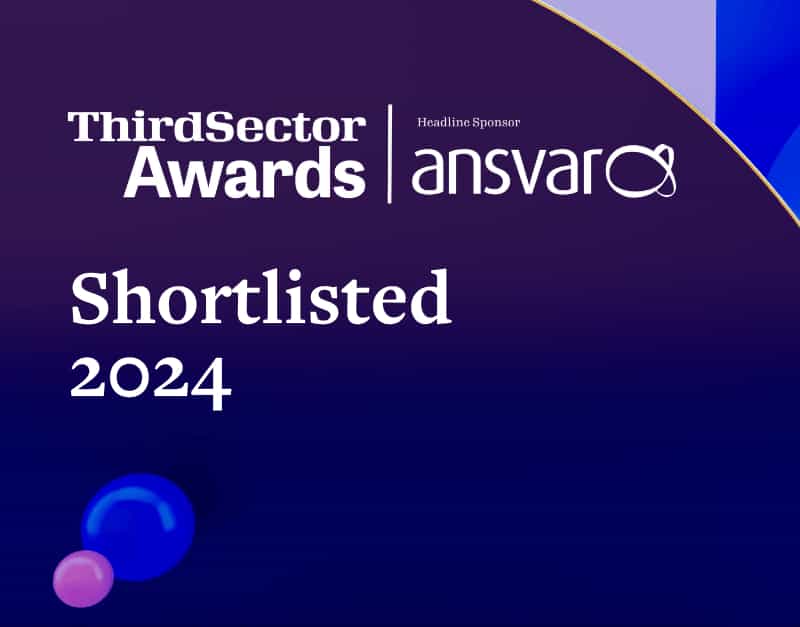The UK Government’s Ambitious New Suicide Prevention System
The UK Government’s Ambitious New Suicide Prevention System
The tragedy of suicide casts a heavy shadow over the United Kingdom. Despite prevention efforts, rates have risen over 11.7% from 2006 and 2021 [1], claiming far too many lives across demographics but especially impacting women and youth. It is a complex crisis rooted in myriad social and mental health issues, requiring an empathetic but driven public health response.
That is why the national government recently took a historic step by launching a sweeping new suicide prevention strategy centred around an unprecedented near-real-time national surveillance system to identify emerging risks faster. Their vision brings hope but faces profound questions.
This in-depth analysis will explore crucial context around suicide trends in the UK, the details and goals of the new surveillance initiative, potential impacts, key open questions that remain, and what it might mean for finally bending the curve on this devastating epidemic that is stealing so many promising futures.
The Current State of Suicide Rates in the UK
Firstly, let’s ground this new policy in a sobering context regarding suicide rates in the UK:
- Official data for the 15 months up to August 2023 does not indicate a clear overall upward or downward short-term trend in suicide rates.
- However, the long-term trajectory paints a more concerning picture. The suicide rate for the entire population in England (both males and females) has seen fluctuations over the 40-year period. The highest rate was observed in 1981 (14.6 per 100,000) and the lowest in 2007 (8.9 per 100,000). In 2021, the rate was 10.5 per 100,000 [2].
- Underlying this are even more troubling demographic disparities. Female suicide rates are rising disproportionately faster than male rates presently [3].
These urgent issues highlight why the UK Government has honed in on suicide prevention as a top priority in the nation’s public health approach.
Introducing Near Real-Time Suicide Surveillance
At the heart of their new strategy is an unprecedented, near-real-time national suicide surveillance system. But what does this entail, and why is it so essential?
Previously, as shown already, the only official nationwide data on suicides came from the Office of National Statistics (ONS), typically with an immense lag of up to 2 years. This meant authorities were often acting blind – unable to respond quickly to rapidly emerging trends in demographics, new concerning methods, or spikes in rates.
No longer. Released on November 30th, 2023, the government announced that by closely tracking provisional data from individual police forces across England, the updated system will provide granular monthly suicide statistics, including by gender, age group, and method, within just 3 months [4].
This capacity for identifying anomalies much faster at a national level represents a potential lifesaving game-changer in suicide prevention, enabling public health officials and the government to spot risk patterns and cluster cases sooner than ever before.
The Dual Goals Underpinning Near Real-Time Surveillance
Two monumental outcomes are possible thanks to this new real-time data foundation.
First is the creation of an early warning system for suicide risk communication across England. The plan outlines alerts being rapidly disseminated to bodies like schools and mental health charities should clearly dangerous new trends appear in the surveillance results.
Second, enabling nimble government responses to deter the uptake of newly identified suicide risks. For instance, officials cite the potential for fast-tracking prohibition of newly available materials that assist in suicide before they become widespread.
Evaluating the Impact
While, of course, the full impact remains to be seen, several tangible positive outcomes could stem from this strategy if effectively implemented, including:
- Support networks with more targeted information to share preventatively with higher-risk groups
- Authorities staying ahead of viral social media suicide trends
- A faster clampdown on marketplaces illegally selling dangerous suicide materials
- Improved understanding of suicide drivers allows for more responsive underlying mental health interventions
However, realising this potential relies on the government reliably following through on investigative work and corrective policies when surveillance flags issues. Politicians must also avoid overreactions without proper context.
Answering Key Questions
This new suicide prevention initiative clearly represents a progressive public health approach. But in tackling a problem this complex, questions remain.
What about even faster data? Police information will come far quicker than past reliance on coroner reports and national statistics. But some advocate for technology-assisted real-time monitoring of internet searches, helpline calls or emergency responses related to suicide risk rather than awaiting even monthly reports. Those methods come with accuracy and ethical trade-offs requiring further debate.
How do you balance targeted alerts with avoiding stigma? Tailoring suicide prevention messaging and policies towards groups the data identifies as currently vulnerable is intended to improve outcomes. But some express reasonable concerns about further marginalising minorities without proper nuance.
And, most importantly – will this surveillance translate into saved lives? Collecting more timely suicide data is unquestionably valuable. But it remains an open question whether government officials will consistently take decisive action against emerging methods and make necessary mental health and suicide prevention resources accessible. If not, critics could argue this initiative risks becoming a surveillance state regime with minimal tangible impact on suicide rates.
In Summary
The UK government’s new near real-time national suicide surveillance programme has the potential to greatly accelerate suicide prevention efforts if executed responsibly. Its capacity for early warning communication and rapid public health response interventions around rising risks represents a bold strategy.
But realising meaningfully saved lives will require avoiding complacency, overreach, and bias while displaying a willingness to tackle core mental health needs with compassion. If carried out conscientiously with vulnerable groups centred on policy decisions, this data-focused approach could provide a transformative model.
Resources
[1] – ONS Dataset Suicides in England and Wales. Table 2.
[2] – ONS Dataset Suicides in England and Wales. Table 2.
[3] – ONS Dataset Suicides in England and Wales. Table 2. {Percentage increase calculated via this formula = (New Rate−Old Rate / Old Rate) × 100}
[4] – Gov.uk Press Release – “National system launched to rapidly identify trends in suicides”
















